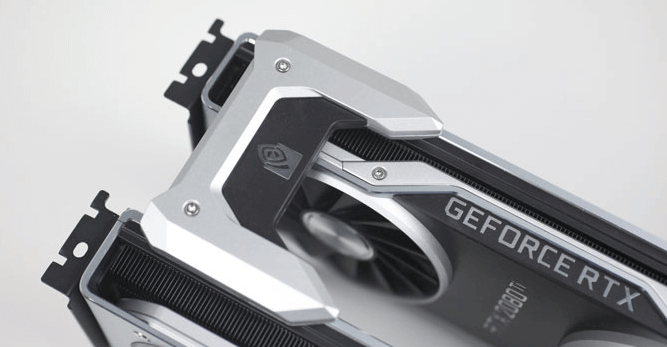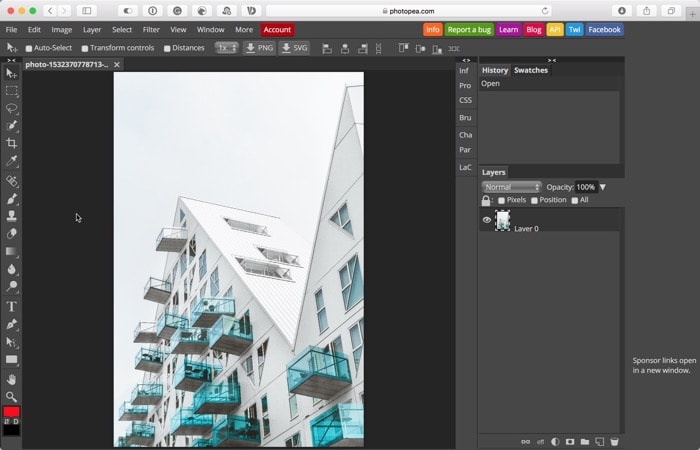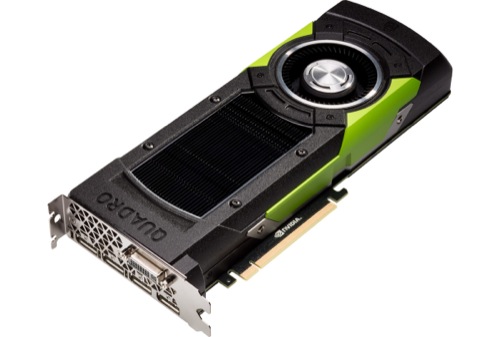
The use of GPU based technologies to render scenes in 3d is a reallity for architectural visualization artists, and with a lot of options to choose from we get to pick a good video board to use with SmallLuxGPU, VRay RT, iRay or any other GPU based renderer. One of the questions that I often get from my students is about the use of products dedicated to gaming, like the GeForce GTX for rendering in architecture. Is that ok to use it? Are there any pros and cons? Of course we can use those types of GPUs, but with a few precautions. One of the main downsides is the limited amount of onboard memory.
I found an article about the use of GPUs for architectural visualization written by an artist called Jeff Patton, where he descibes his experience with a GeForce, Quadro and a Tesla video board.
The results? You will find that we can use a GeForce for architectural rendering, but a professional line of video boards will give us a better performance with bigger scenes and complex scenarios. From my opinion, the only problem is with the cost. The Tesla looks great, but I can`t see myself spending 2000 on a GPU.
How about you? Which GPU do you use?






I’m currently in the prosess of acquiring a new graphics card specifically to use for architectural renderings. So although I can’t tell you what card I will by I can tell you what card I won’t by. I will not get an ATI. It will be Nvidia. I have unfortunately been using an ATI card for a while and although I see it renders faster on some openCL applications like SmallLuxGPU I have had a lot of problems with the poor driver implementation and all the missing features and bugs that AMD just ignores.
For a designer with steady work in the USA, a $2,000 graphics card probably would pay for itself within a year. Your mileage (and local billing and exchange rates) may vary.
ATI, historically, concentrated on DirectX support, instead of OpenGL, which most professional design software uses. Now that AMD has bought ATI out, this seems to be changing, but AMD has a ways to go to catch up, and who knows if they are willing to go the distance?
As a footnote to this, AMD is a Promoting Member of The Krhonos Group, the everyone-but-Microsoft industry group that develops OpenGL, OpenCL, and a number of other open graphics and modeling standards. So there probably is some commitment to OpenGL on their part.